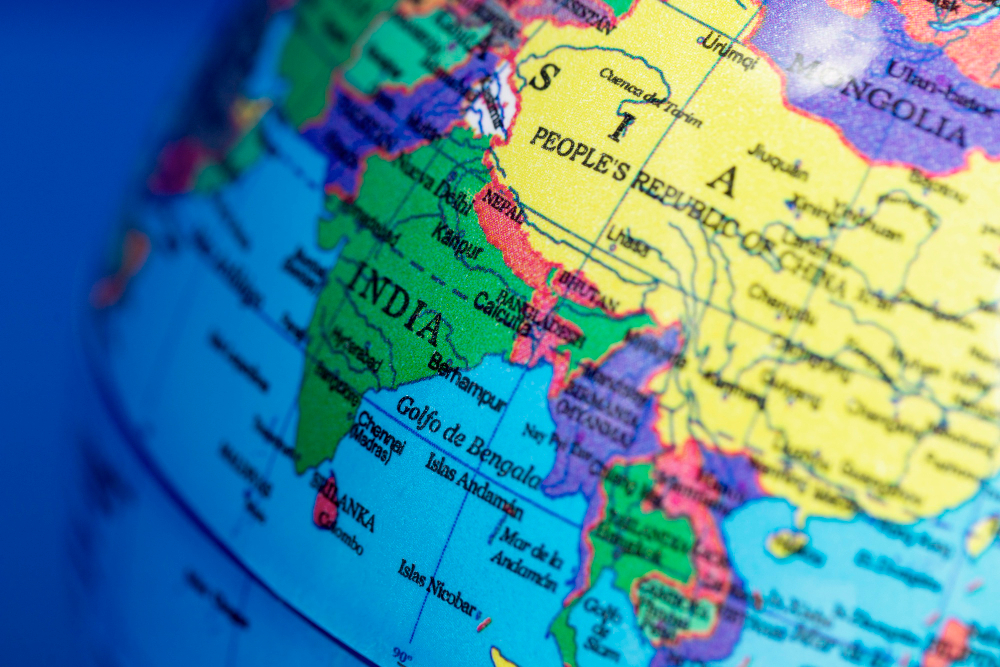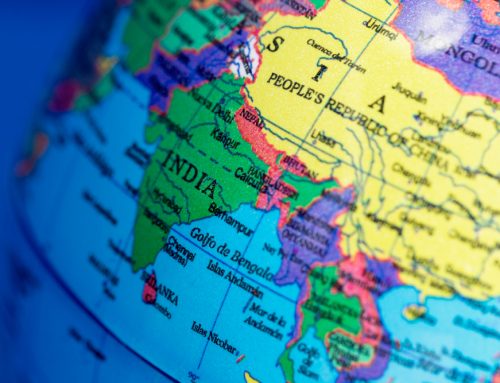Asia-Pacific achieves social protection milestone, yet challenges remain and new ones emerge with climate change
New ILO report highlights positive trend in regional social protection coverage, however uneven progress and financial sustainability issues, coupled with the need to address climate change impacts highlight the need for comprehensive system enhancements.
The Asia-Pacific region passed a milestone in 2023 when for the first time over half of its population (53.6 per cent) was covered by at least one social protection benefit, according to a new International Labour Organization (ILO) report. However, social protection systems in Asia-Pacific countries face both recurrent and new transformative challenges and require significant strengthening if they are to help effectively mitigate the impacts of climate change on populations in the region.
The Regional companion report for Asia and the Pacific of the World Social Protection Report 2024-26: Universal social protection for climate action and a just transition highlights how the effective social protection coverage for the region now exceeds the global average (52.4 per cent). Despite this, some 2.1 billion people remain unprotected against various life-cycle and socio-economic risks while progress in extending social protection has been uneven.
According to the report, since 2015 the effective coverage rate in Eastern Asia increased by 15.2 percentage points (from 63.3 to 78.5 per cent); by 13.4 percentage points (32.5 to 45.9 per cent) in South-Eastern Asia; by 16.7 percentage points (18.7 to 35.4 per cent) in Southern Asia; and by 6.8 percentage points (65.7 to 72.5 per cent) in the Pacific Islands. However, significant disparities exist among countries.
The region faces challenges in the adequacy of benefits and the financial sustainability of social protection systems. In 2023, the region spent 11.8 per cent of GDP for social protection, well below the global average of 19.3 per cent.
Furthermore, the report reveals the effective coverage of women by at least one benefit lags that of men by 6.8 percentage points; a figure that is particularly pronounced in Southern Asia, where a 11.1 percentage-point gap exists.
“While the progress made since 2015 in the region as a whole is promising, there is still a considerable way to go to attain universal coverage and to reach adequate and comprehensive protection. Investing in comprehensive and resilient social protection systems has never been as urgent as it is today,” said Chihoko Asada-Miyakawa, ILO Assistant Director-General and Regional Director for Asia and the Pacific.
With the region home to 16 of the 50 most vulnerable countries to climate change, the report also highlights how properly designed and funded social protection systems will help mitigate the adverse impacts of climate change, provide income protection for those affected by climate policy measures, and promote the transition towards a green economy.
“It is particularly concerning that many countries in Asia and the Pacific are experiencing a high vulnerability to climate change yet have low effective coverage. Social protection will play a vital role in supporting climate adaptation and mitigation efforts, and in facilitating a just transition, ultimately enhancing the resilience of all, and especially vulnerable communities,” said Kenichi Hirose, Senior Social Protection Specialist at the ILO Decent Work Technical Support Team for East and South-East Asia and the Pacific.
Source: ILO
Legal Notice: The information in this article is intended for information purposes only. It is not intended for professional information purposes specific to a person or an institution. Every institution has different requirements because of its own circumstances even though they bear a resemblance to each other. Consequently, it is your interest to consult on an expert before taking a decision based on information stated in this article and putting into practice. Neither Karen Audit nor related person or institutions are not responsible for any damages or losses that might occur in consequence of the use of the information in this article by private or formal, real or legal person and institutions.






